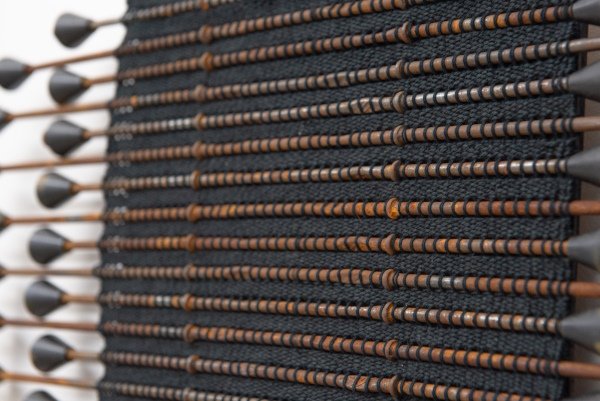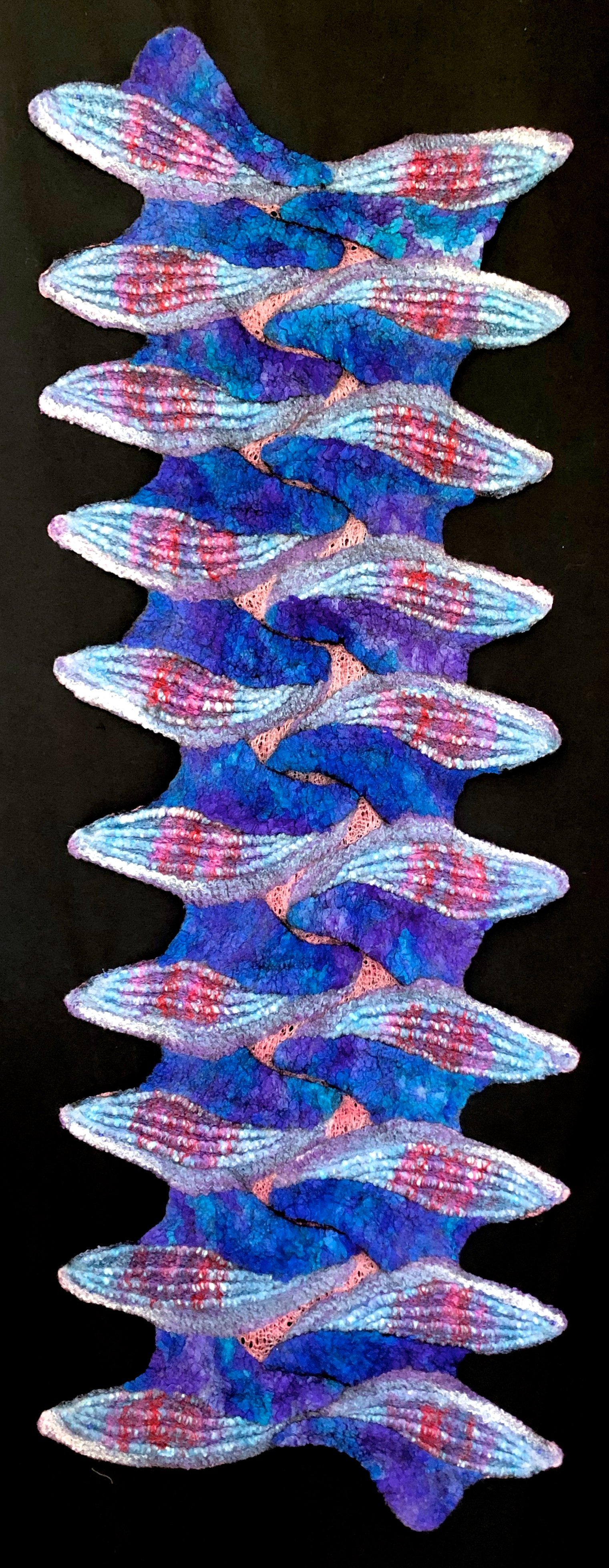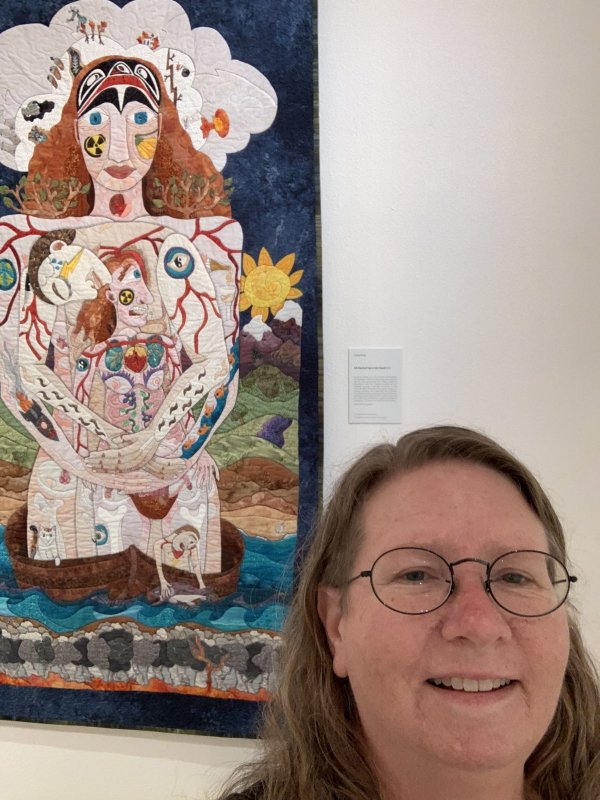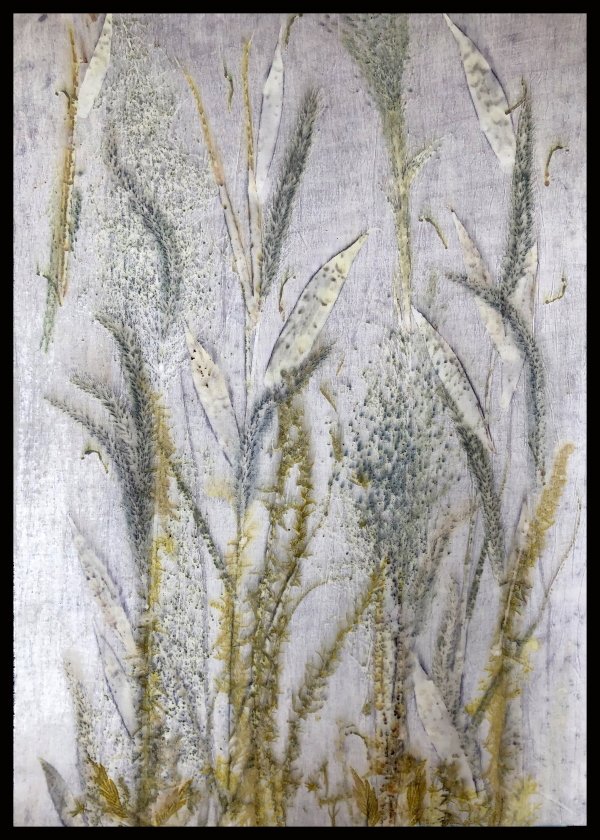As part of the Influences/Influencers exhibit, California Fibers’ members have been preparing workshops to go along with their art.
Aneesa Shami Zizzo recently gave her Fabric Collage Workshop, using reclaimed fabric, collage methods, and applique techniques.
Annette Heully will be teaching knotless netting on Saturday, October 14, from 12:30 AM-3:30 PM. Use simple knots, loops, and a needle to learn to shape a flexible netted structure around almost any form.
On Saturday, October 28, from 11 AM-4 PM, Debra Weiss will be teaching Layers of Life: Collage and Stitch. You will learn to layer and stitch opaque and sheer fabrics to make a small autobiographical artwork that can also become a needle case.
Lastly, Ashley V. Blalock will be teaching beginning crochet on Saturday, November 18, from 11 AM-5 PM. Learn all the basic stitches while crocheting a small, three-dimensional item.
All class information is available on the Craft in America website.
























































